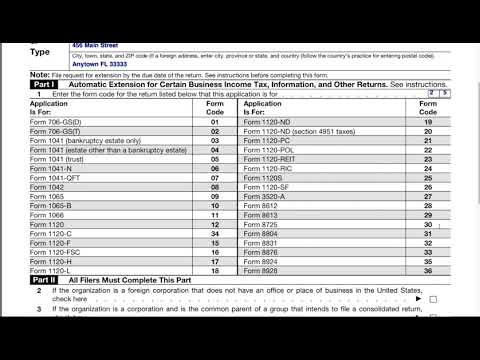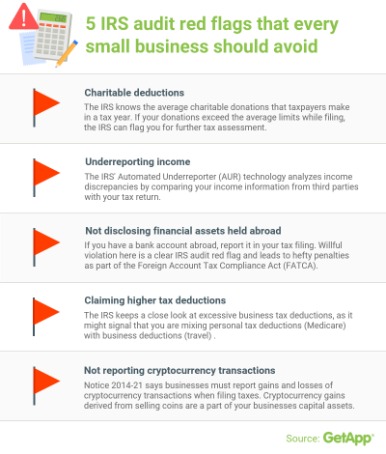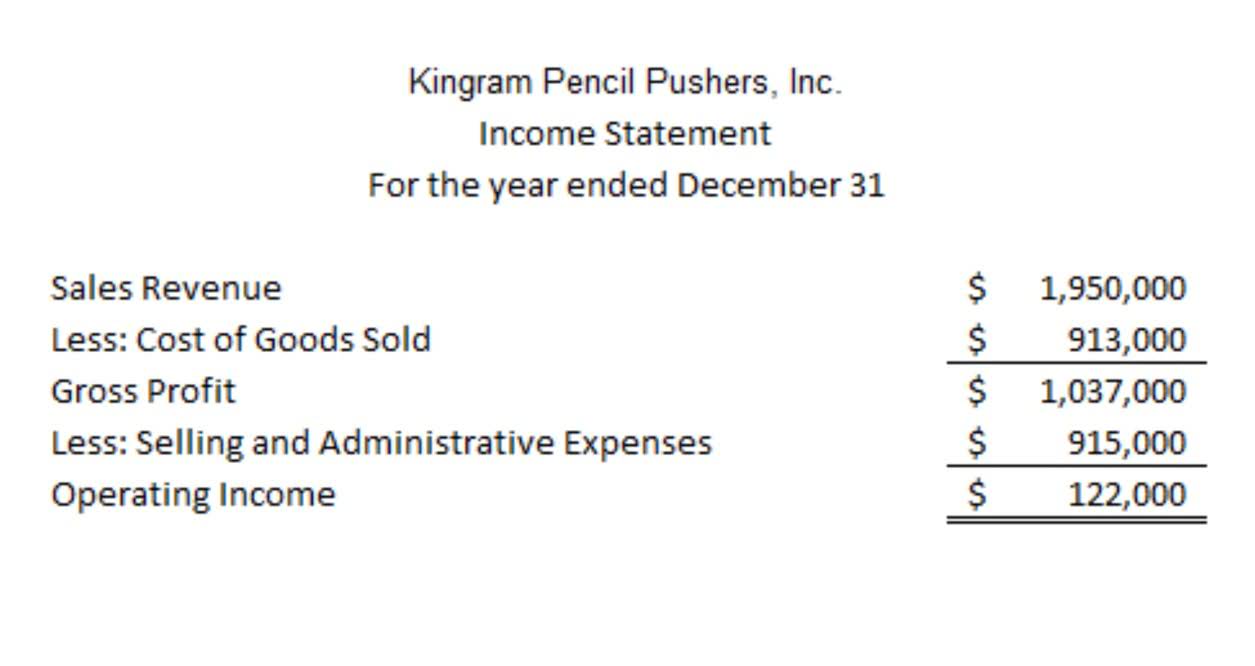After the $2,400 of weekly fixed expenses has been covered the company’s profit will increase by $15 per car serviced. For each additional unit sold, the loss typically is lessened until it reaches the break-even point. At this stage, the company is theoretically realizing neither a profit nor a loss.
How to calculate the break-even point
Calculating the breakeven point is just one component of cost-volume-profit analysis, but it’s often an essential first step in establishing a sales price point that ensures a profit. What happens when Hicks has a busy month and sells \(300\) Blue Jay birdbaths? We living amends scholarship have already established that the contribution margin from \(225\) units will put them at break-even.
Why Is the Contribution Margin Important in Break-Even Analysis?
By understanding these elements and applying these formulas, a company can quickly determine the sales volume needed to be the difference between fixed cost total fixed cost and variable cost profitable. Not only does this enable the company to set realistic sales targets, it also gives it greater control over its cost management strategy. Determine the selling price for your product or service to evaluate profitability and market competitiveness. Consider market trends, competitor pricing, and consumer demand when setting a price point. Enter fixed and variable costs into their respective sections to get a clear breakdown of expenses.
Merchants currently processing on First Data systems and merchants that have processed on First Data systems during the previous 90 days are not eligible for offers and pricing on clover.com. All pricing and promotions presented on clover.com are for new merchant acquiring customers only. Merchants currently processing on First Data systems and merchants that have processed on First Data systems during the previous 90 days are not eligible for offers and pricing on clover.com. For all of these situations, the process of a break-even analysis is the same. Gather the numbers and use the above formulas to understand the break-even point.
Sales Where Operating Income Is \(\$0\)
The ratio is calculated by dividing the contribution margin (sales minus all variable expenses) by sales. A person starting a new business often asks, “At what level of sales will my company make a profit? ” Established companies that have suffered through some rough years might have a similar question. Others ask, “At what point will I be able to draw a fair salary from my company? Calculating the break-even point helps you determine how much you will have to sell before you can make profit. Knowing this, you can then regulate your marketing activity if you decide your sales are lower than expected, or just wish to reach the target sooner.
What is a break-even point and how do you calculate it?
Rather, it should be used as a steering tool, enabling the company to make informed strategic decisions. Knowing how to do break-even analysis is a bit more complicated, but it isn’t that time-consuming. It involves gathering data on your business and crunching the numbers using a specific formula. From this analysis, you can see that if you can reduce the cost variables, you can lower your breakeven point without having to raise your price. Fixed expenses do not change in total when there are normal changes in sales or other activity.
Calculate a Break-Even Point in Units and Dollars
It helps to identify the room for maneuver needed to adjust fixed and variable costs, or to set a sales price in line with market realities. A break-even analysis template provides a structured view of all fixed and variable costs, making it tax form 8959 fill in and calculate online easier to pinpoint inefficiencies and unnecessary expenditures. By identifying areas where costs can be reduced without compromising quality, businesses can improve profit margins and enhance operational efficiency. Determining an accurate price for a product or service requires a detailed analysis of both the cost and how the cost changes as the volume increases. This analysis includes the timing of both costs and receipts for payment, as well as how these costs will be financed.
By calculating how much revenue is required to cover total costs, businesses can determine if their venture is realistic and achievable. This insight is particularly valuable for startups, new product launches, or expansion plans, as it helps prevent premature financial losses. With a clear picture of financial sustainability, businesses can make informed go/no-go decisions and allocate resources more efficiently. Since the price per unit minus the variable costs of product is the definition of the contribution margin per unit, you can simply rephrase the equation by dividing the fixed costs by the contribution margin.
This relationship will be continued until we reach the break-even point, where total revenue equals total costs. Once we reach the break-even point for each unit sold the company will realize an increase in profits of $150. A Break-Even Analysis Template is a financial tool that helps businesses determine the exact point at which revenue generated matches total costs, ensuring neither profit nor loss. It’s critical for assessing the feasibility of launching new products, setting prices, and making investment decisions. It also simplifies the process by structuring fixed and variable costs, projected sales, and pricing models into a clear framework. By using a break-even analysis template, businesses gain a data-driven approach to understanding their financial position, minimizing risks, and setting realistic revenue goals.
These costs must be covered if the company is to continue to operate, irrespective of sales. The break-even point is the point at which a company’s revenues equal its costs, and means that your business has neither lost nor made any money. Obviously, the aim of a business owner is to exceed this threshold in order to make a profit, which is why it’s essential to know how to calculate the break-even point. Would you like to embark on an entrepreneurial adventure or move up to top management positions? Discover our Bachelor of Science in Management to prepare you for a solid entry into the world of work.
For this reason, break-even point is an important part of any business plan presented to a potential investor. In accounting, the margin of safety is the difference between actual sales and break-even sales. Managers utilize the margin of safety to know how much sales can decrease before the company or project becomes unprofitable. In a recent month, local flooding caused Hicks to close for several days, reducing the number of units they could ship and sell from 225 units to 175 units. The break-even point for Hicks Manufacturing at a sales volume of $22,500 (225 units) is shown graphically in Figure 3.5.
- It helps to identify the room for maneuver needed to adjust fixed and variable costs, or to set a sales price in line with market realities.
- Your contribution margin shows you how much take-home profit you make from a sale.
- For an eCommerce business, the website is a fixed cost because you pay a set price for web hosting.
- Anything it sells after the 2,500 mark will go straight to the CM since the fixed costs are already covered.
- This analysis includes the timing of both costs and receipts for payment, as well as how these costs will be financed.
- The break-even point formula can determine the BEP in product units or sales dollars.
This formula determines how many units need to be sold for the company to cover both its fixed and variable costs. It is based on the concept of contribution margin, which represents the difference between a product’s selling price and its variable cost. In other words, it’s what’s left over to cover fixed costs and generate a profit. The total fixed costs, variable costs, unit or service sales are calculated on a monthly basis in this calculator. Meaning that adding the total for all products and services monthly should account for all products and services.
It is determined by multiplying the unit selling price of a product by the quantity sold. In other words, it’s the threshold at which a business becomes profitable. Beyond this point, each unit sold contributes directly to the company’s net profit. The difference between the selling price and total variable cost per unit represents the profit contribution per unit before covering fixed costs. Understanding the break-even point is essential for assessing whether a product or service can sustain itself financially.
- For instance, if the company sells 5.5k products, its net profit is $5k.
- In conclusion, just like the output for the goal seek approach in Excel, the implied units needed to be sold for the company to break even come out to 5k.
- The revenue per unit is an expression of how much revenue the business earns from selling a single unit of product or service.
- In the break-even analysis, we will help you break down the potential fixed costs related to your business.
- We focus on financial statement reporting and do not discuss how that differs from income tax reporting.
- The difference between the selling price and total variable cost per unit represents the profit contribution per unit before covering fixed costs.
Once you know the fixed and variable costs for the product your business produces or a good approximation of them, you can use that information to calculate your company’s breakeven point. Small business owners can use the calculation to determine how many product units they need to sell at a given price point to break even. The total fixed costs are $50k, and the contribution margin ($) is the difference between the selling price per unit and the variable cost per unit. So, after deducting $10.00 from $20.00, the contribution margin comes out to $10.00. The break-even point formula is calculated by dividing the total fixed costs of production by the price per unit less the variable costs to produce the product. As you can imagine, the concept of the break-even point applies to every business endeavor – manufacturing, retail, and service.
For example, your rent is a fixed cost for the duration of the lease term. For an eCommerce business, the website is a fixed cost because you pay a set price for web hosting. Use your break-even point to determine how much you need to sell to cover costs or make a profit. And, monitor your break-even point to help set budgets, control costs, and decide a pricing strategy. The break-even point of $3,840 of sales per week can be verified by referring back to the break-even point in units. With revenues of $24 per unit, the necessary sales in dollars would be $3,840 (160 units x $24).














